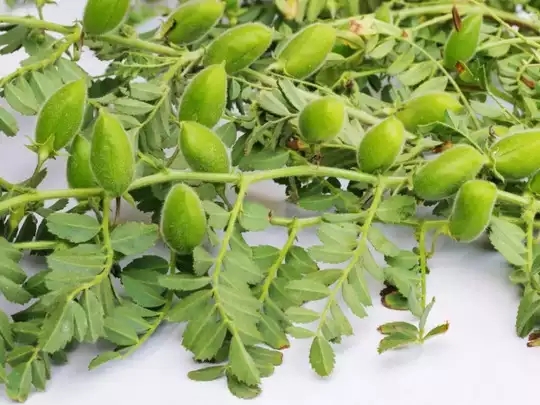Rajgira, Amaranth millet, is specifically consumed on fasts and makes an excellent option for preparing various dishes suitable for “Upvas”.
A gluten free grain, It is considered as one of the best sources of plant-based protein. It is high in fibre and has prebiotic effects. Hence excellent for gut health and relieves constipation.
It’s good for diabetics, aids in weight loss, rich in calcium so good for bones, its Vitamin C boosts immunity and is good for the heart due to its cholesterol-lowering properties.
Ragjira rotis
1 cup Rajgira flour
Water, as required for kneading
1/2 tsp. Salt
1 tsp. oil
Ghee as required
Sieve 1 cup Amaranth flour. Add 1/2 tsp salt or to tast. Knead, adding as much water as required, beginning with a small quantity, or the dough may turn sticky.
Unlike, Jowar and Ragi, Amaranth flour does not require to be pre-cooked prior to making chapatis.
When the flour comes together, add 1 tsp. oil and knead to a soft pliable dough. Cover and set aside 15 mns.
Then divide into 4 equal portions. To prepare rotis, take one portion, dust with flour and press into a flat disc while rotating it between your fingers and palm. Then place on a rolling surface and roll as thin as possible, dusting with flour as required.
Roast on a heated tawa on medium low, till brown spots appear on both sides. Smear with ghee. Transfer to a casserole or a steel dabba or any roti box you may be using to keep the chapatis warm, until time to serve.
Rajgira rotis, won’t turn as soft as jowar and ragi as the flour is slightly grainy. But delicious to eat and easily digested!


Recent Comments